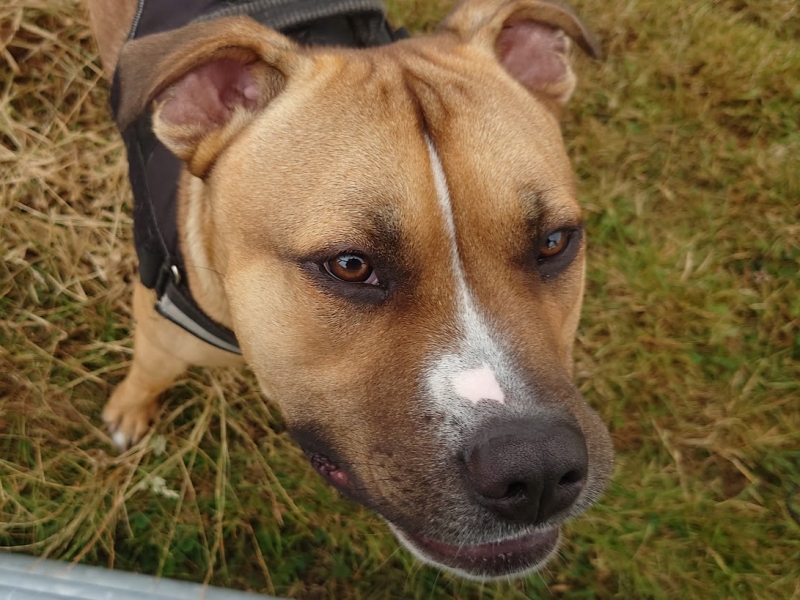Today I wrote an email to a client with a boisterous late-teenage Labrador. I had summarised the some of the training principles to think about with your normal adolescent dog.
Thought it was worth sharing!
Adolescence is normal. Your dog is not being naughty, but you you may get some behaviours that you are not used to. Don't Panic! During adolescence you need to think about having the right management in place, and to step up concentrated training to see you through into adulthood.
Let’s start with the principles:
- Management is about engineering things so that he cannot practice the behaviours you don’t want him to practice. Why? Because the more he does the behaviours and gets reinforced for doing them, the more likely they will happen again. For example, he jumps up, gets attention ... more likely to do it again. Management should always be our first step because it is usually easy to do, and if done right, it will be very effective.
- Alongside management, think about being proactive rather than reactive. It is too easy to wait for things to go wrong and then react. Often it is too late and both we and our dogs get frustratated.
- Reinforce what he does well whenever he does something that you like … even if you have not asked him to do it. If we are only reacting to his unwanted behaviour, that will be the only thing that gets reinforced and I am sure there are lots of things he does throughout the day that you like. Make sure he knows it.
- Have a plan! For example when someone comes to the door, when you get a delivery, when the grandchildren visit, etc. It does not have to be onerous, just some simple procedures that both you and he can start to practice.
- Train what you want. Seems obvious, but sometimes what we need to think about is what we WANT our dogs to do rather than what we DON’T want them to do, and that makes training a whole lot easier.
- Once you have decided what you want, take your time and break it down into small parts that are easy to train in a few minutes. You need to build up behaviours at his pace and without him getting over aroused. Better to do a quick 5 minutes and end on success than try to do more and feel like things have gone wrong.
- Train simple things rather than trying to make things too complicated. For example a sit, but do it in lots of different places, build up duration and the distractions around you.
- Think about how you can set up for success for him up to do certain things in certain places or contexts, and how that might affect his behaviour. For example if you want him to be calm in the garden around the grandchildren, maybe that is not the best place to be playing with a ball with him at other times as that might become his expectation in that space. Throwing a ball around the kitchen for a tiny puppy may be fun, but when he is 35 kilos it is not appropriate. Often people say that they are good when they come to training ... errrr, yes, because in that context we set you and your dog up for success. Take that principle out in to the real world!
Simple stuff, eh?
Why make things more complicated than they need to be. Management is sometimes enough, and that is okay. Training takes time, but really can be worth it.

